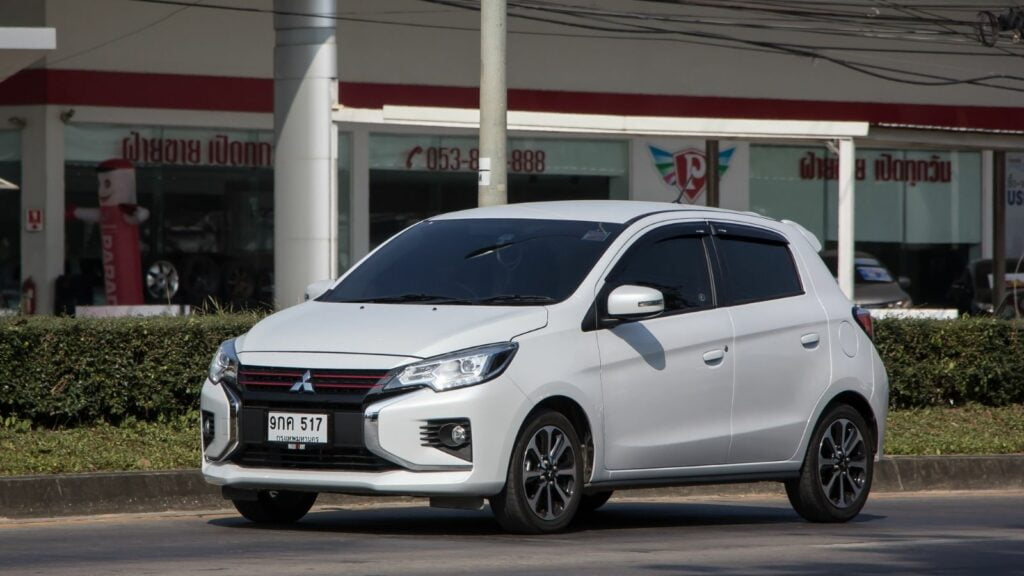Many drivers who chose budget-friendly vehicles for their low initial cost are now facing surprisingly high insurance premiums. The reasons range from theft rates and repair costs to accident statistics and demographic usage patterns. Here are 21 vehicles that were once considered affordable—but are now draining wallets thanks to skyrocketing insurance rates.
Honda Civic
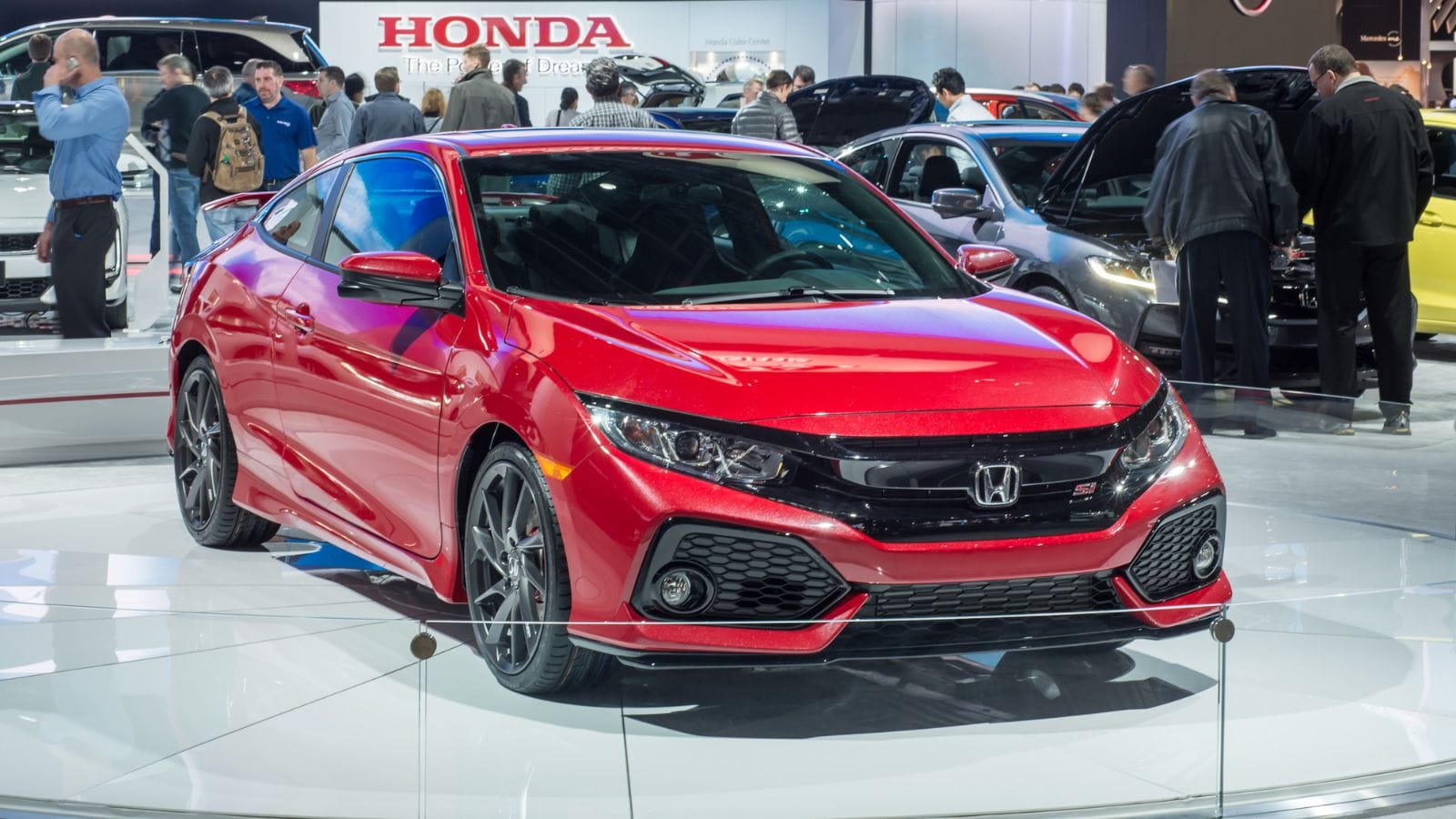
Often marketed as an economical choice, the Honda Civic has become one of the most expensive cars to insure in its segment. This is partly due to its immense popularity among younger drivers, which statistically leads to higher accident rates. It’s also frequently targeted by thieves, especially older models. Despite strong safety ratings, its repair costs are on the rise due to advanced technology integration in newer trims. Many insurers have adjusted premiums to reflect this combination of high demand and elevated risk, surprising owners who expected a cheap ride.
Toyota Corolla
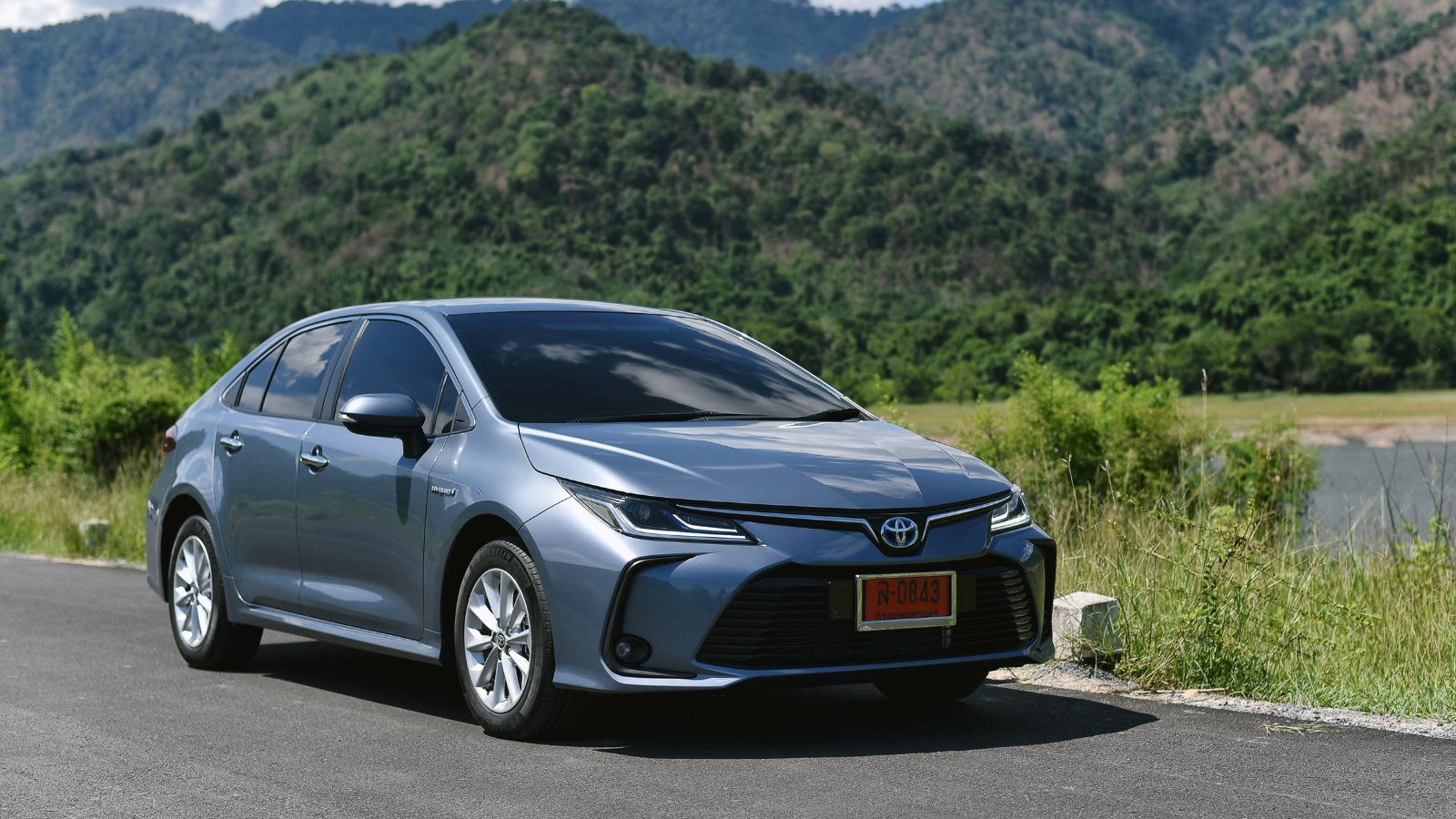
The Toyota Corolla has long held a reputation for reliability and low cost of ownership. However, insurers have caught on to its frequent involvement in urban accidents, particularly rear-end collisions. The compact sedan’s high repair frequency has led to an increase in comprehensive coverage rates. Furthermore, rising parts costs, especially for hybrid models, have contributed to insurance price hikes. And, while the base model remains attractively priced, total ownership costs are swelling due to these insurance premiums, making it less of a budget-friendly vehicle than it once was.
Mazda3
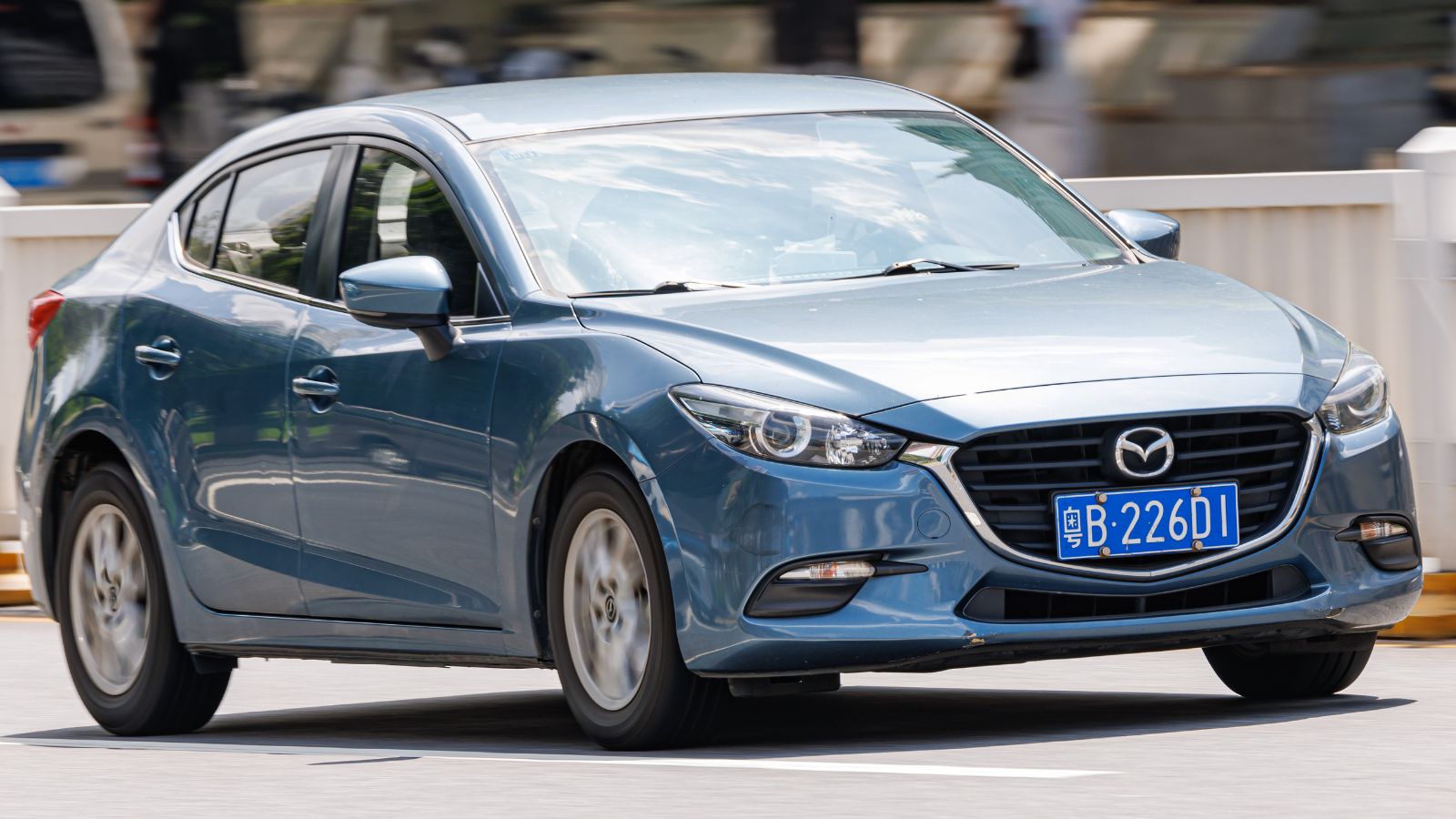
The sporty appeal and sleek design of the Mazda3 have attracted younger, more aggressive drivers, which has had a direct impact on its insurance classification. Collision statistics for this car are higher than average, and the parts, though generally reliable, can be expensive when repairs are needed. Some trims come with expensive sensors and safety tech that are costly to replace even in minor accidents. This combination of risk profile and parts pricing has pushed insurers to raise premiums well above what many owners had expected for a car in this price range.
Hyundai Elantra
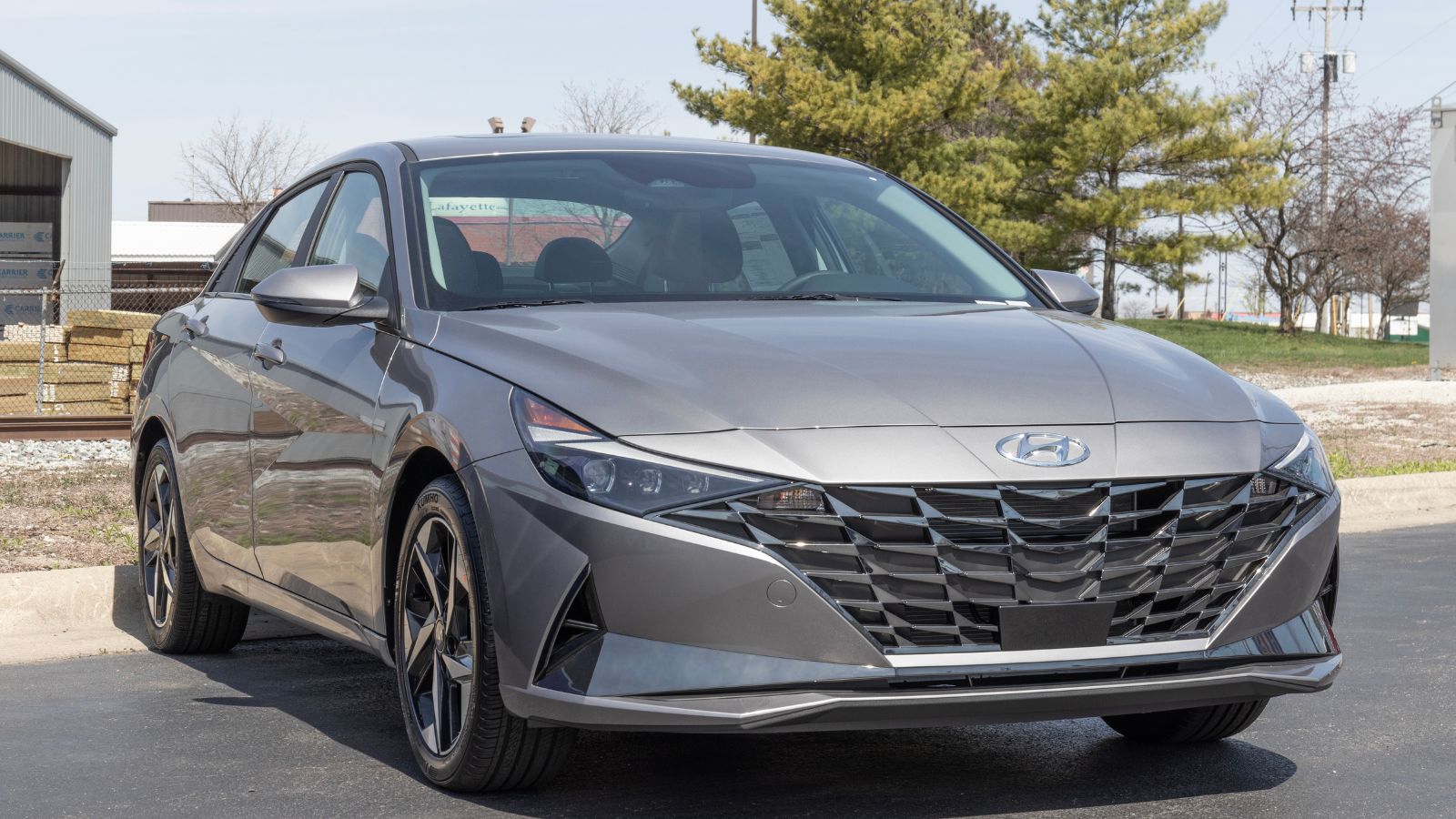
Despite its value-focused pricing, the Hyundai Elantra has seen a steady rise in insurance costs over the last few years. One major factor is its vulnerability to theft, especially with models lacking immobilizers. TikTok-fueled theft trends targeting Hyundai and Kia vehicles have inflated insurance claims industry-wide. Additionally, the cost of bodywork and the prevalence of driver-assist features in newer trims mean even minor damage can be expensive to fix. Insurers have responded by significantly increasing premiums, making what was once a practical choice a surprisingly pricey one.
Kia Forte
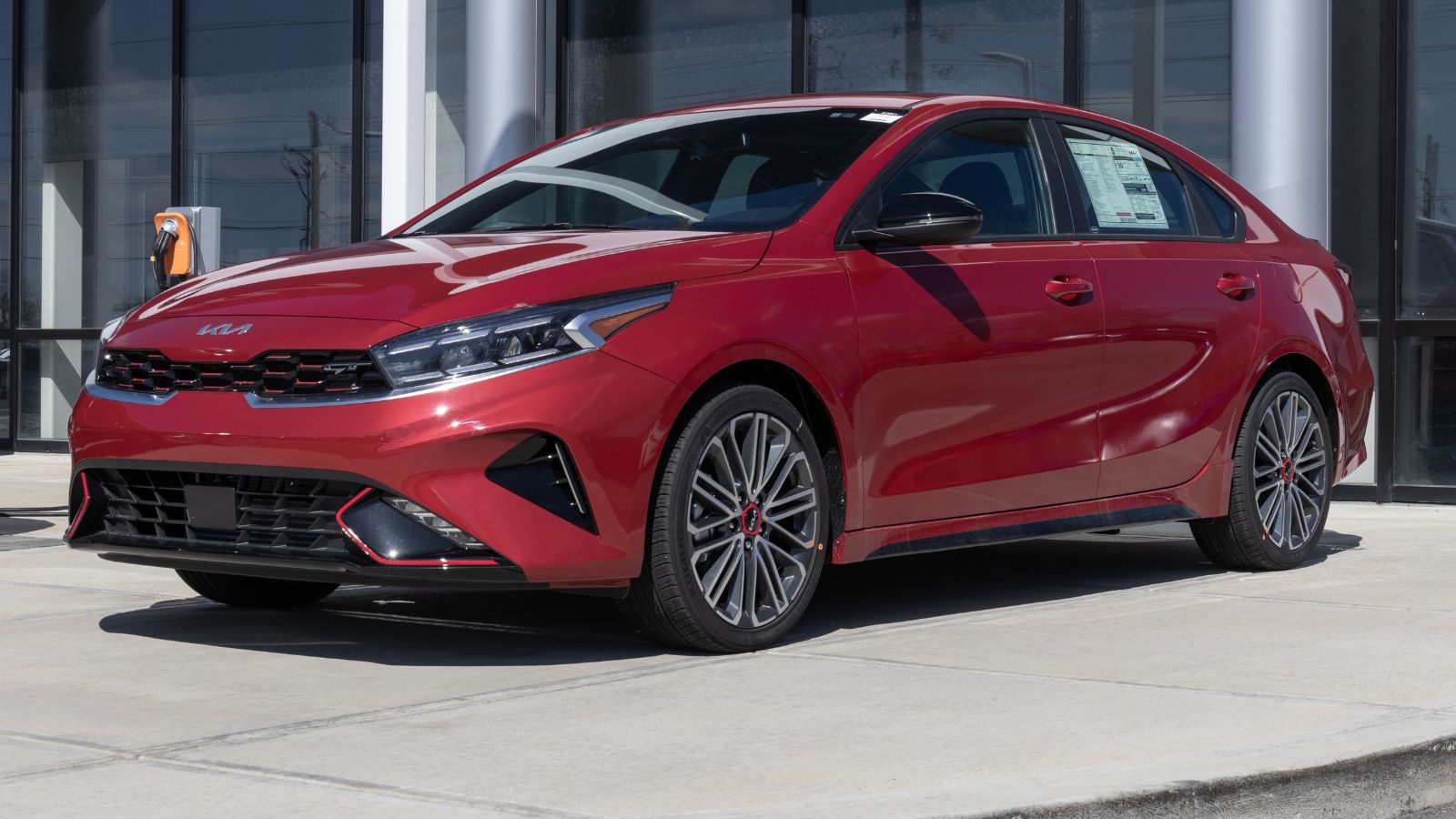
The Kia Forte’s initial cost remains low, but insurance companies have become wary. Like the Elantra, it has been a frequent target in theft rings due to software vulnerabilities in certain years. Additionally, repair costs have risen faster than expected for a vehicle in its class. Its popularity with younger and urban drivers also means a higher statistical probability of accidents. All these elements contribute to higher premiums that can catch budget-conscious buyers off guard, especially when comparing them to rivals that haven’t seen similar increases.
Nissan Sentra
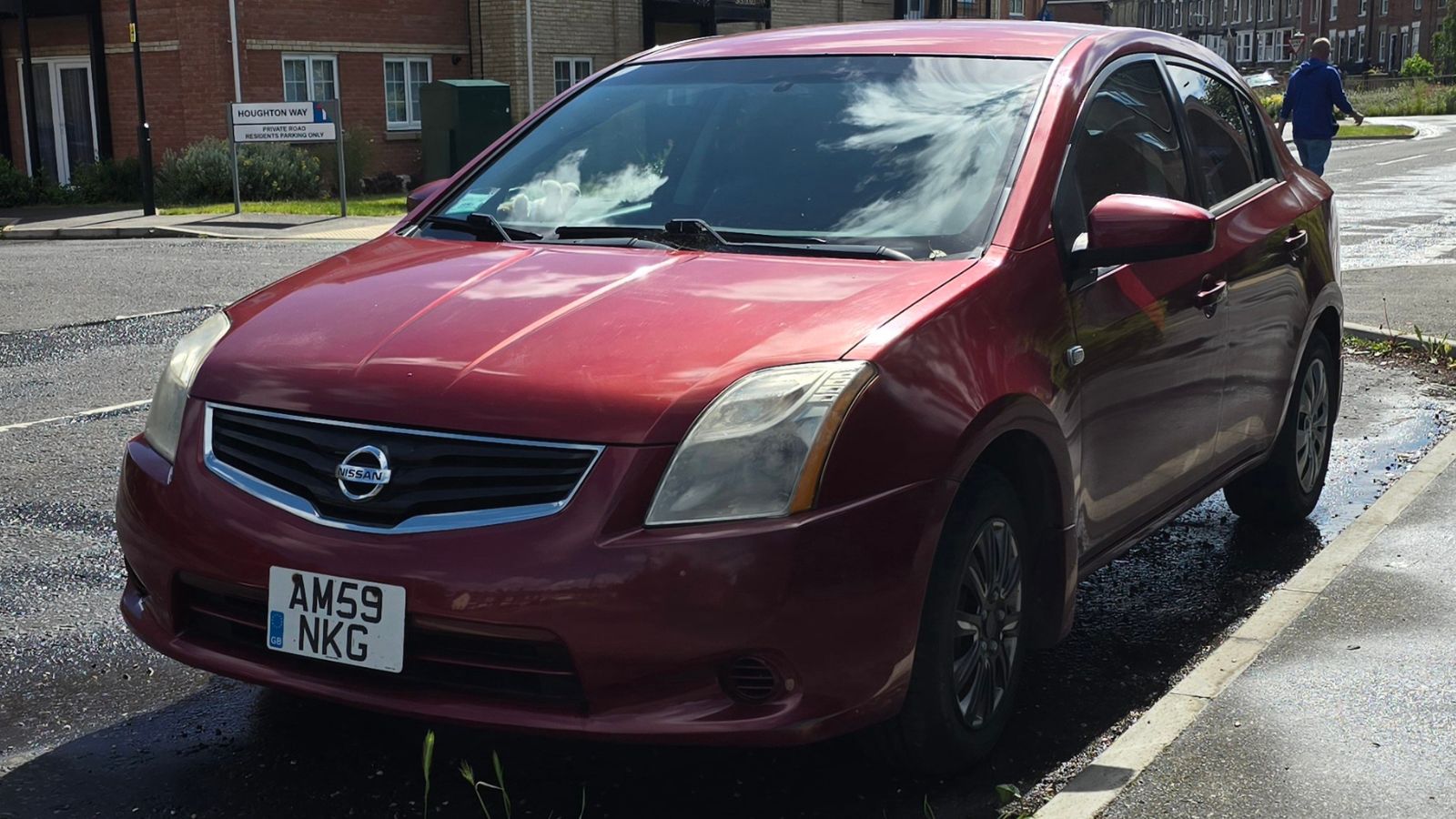
The Nissan Sentra, once a reliable choice for frugal buyers, is no longer a slam-dunk when it comes to insurance affordability. High theft rates in specific regions and increased accident claim frequency have made insurers rethink their risk assessments. While the car is mechanically simple, modern trims now include tech-heavy dashboards and electronic safety systems that are expensive to replace. The result is a notable jump in insurance costs that makes the Sentra less appealing for drivers looking to keep monthly expenses in check.
Chevrolet Malibu

Chevrolet’s midsize sedan might look like a bargain on dealer lots, but owners are finding their insurance bills creeping up. It has a moderate safety record and is often involved in moderate-to-severe collisions due to its size and usage patterns. Replacement parts and repair costs for certain trims have increased, especially with advanced driver assistance systems. In some provinces, the Malibu also ranks high for rear-end collision damage, making it a red flag for insurers. The result is higher premiums than one would expect from a family-oriented sedan.
Ford Fusion
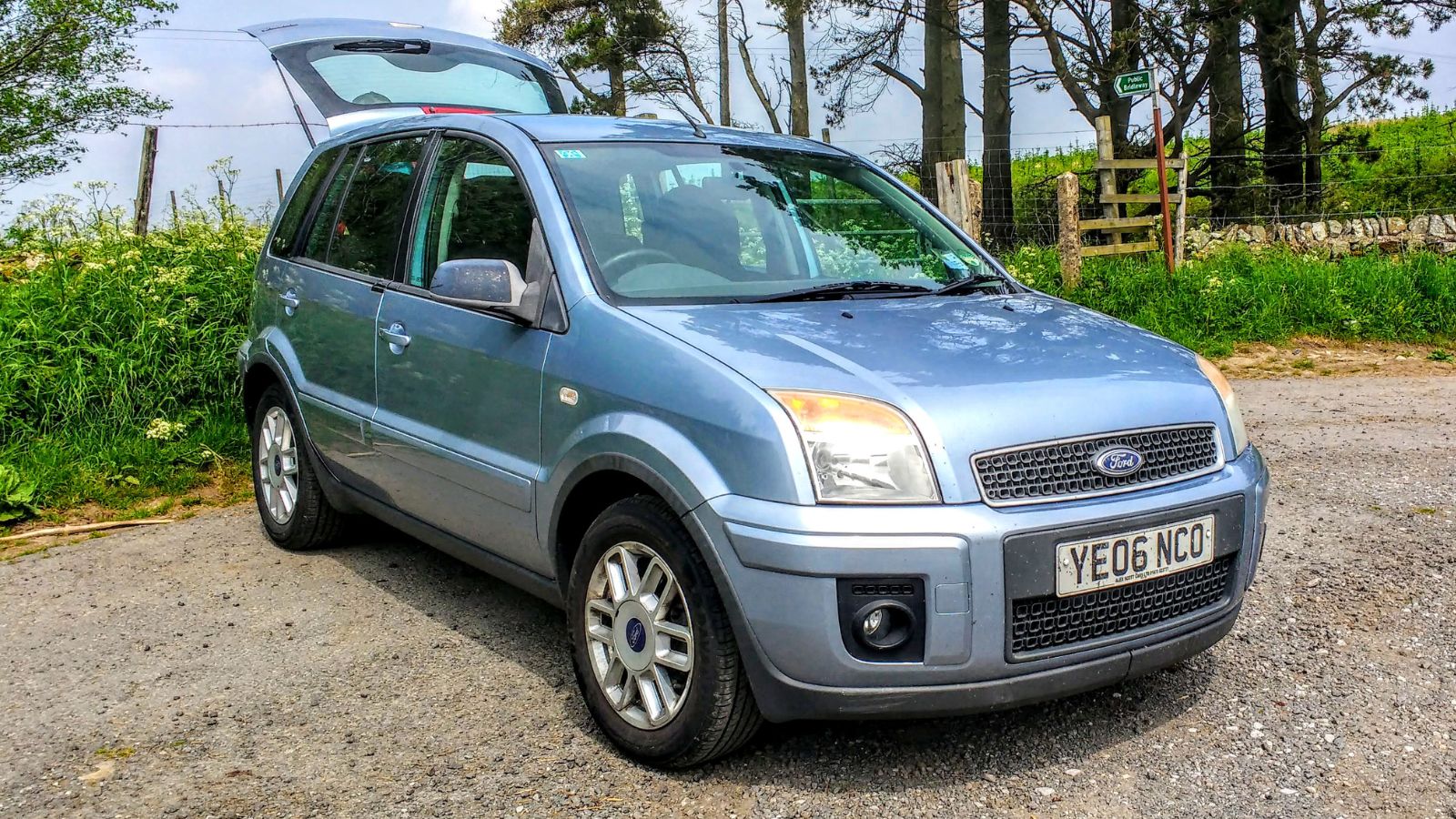
Even though the Ford Fusion was discontinued, it still lingers on roads and in insurance rate charts. Its continued use and resale value keep demand steady, but insurers consider it high-risk due to complex hybrid powertrains and expensive repair histories. Replacement batteries, sensors, and body panels can be pricey, particularly for the Energi or Titanium trims. These added costs have led insurers to rate it more aggressively than expected. Plus, many owners who thought they got a good deal on a used Fusion are now grappling with higher insurance costs than newer alternatives.
Subaru Impreza
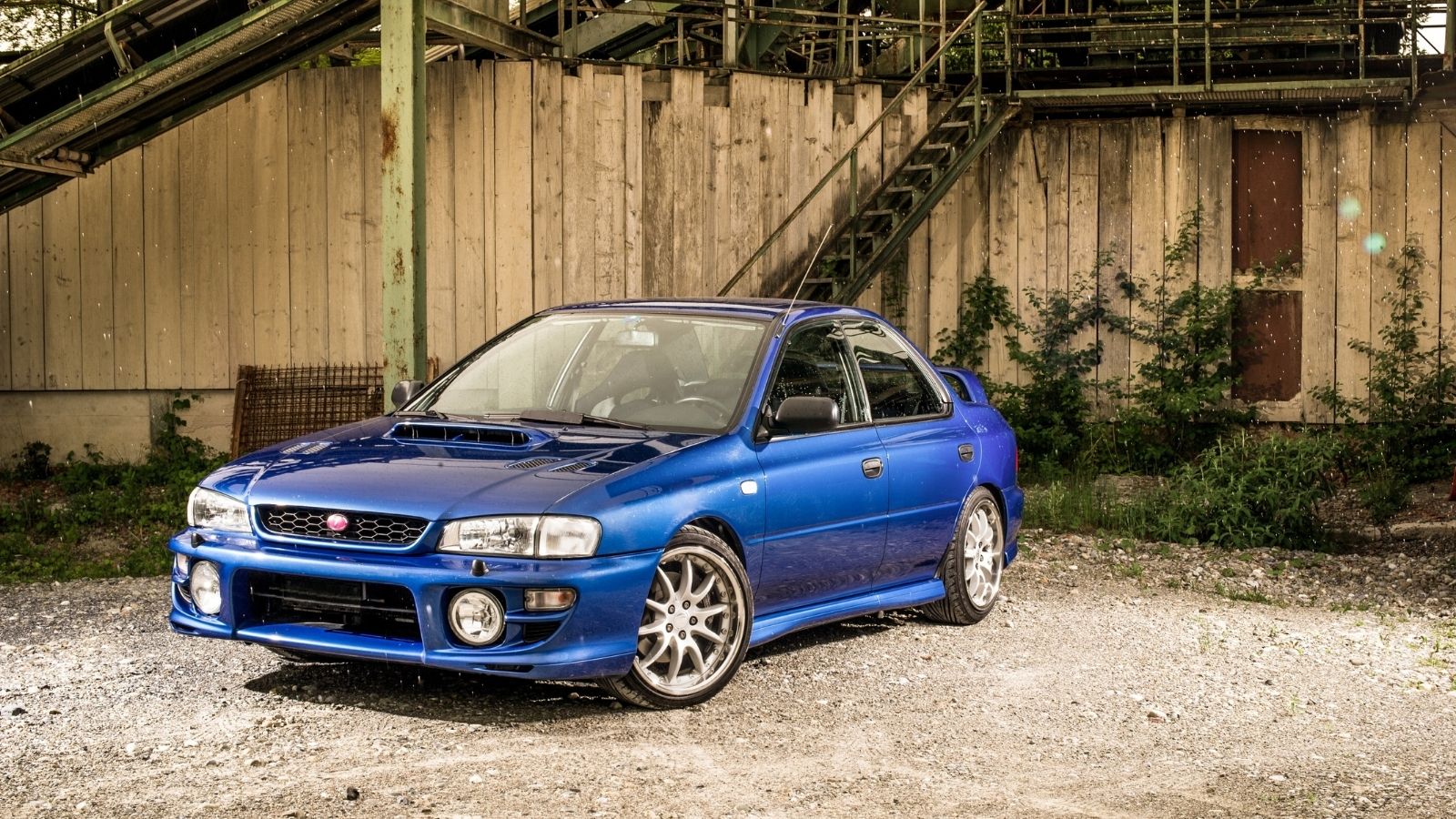
All-wheel drive and safety ratings make the Impreza an attractive purchase in northern climates, but that capability comes with unintended insurance consequences. Collision rates are relatively high, especially in icy or snowy conditions, which pushes premiums up. Subaru parts, especially for the AWD system, tend to cost more than front-wheel drive counterparts. Also, the Impreza’s appeal to outdoor enthusiasts means it’s often driven in harsher conditions, resulting in more wear and tear. These factors combine to increase both comprehensive and collision coverage rates.
Volkswagen Jetta

A mainstay in the compact segment, the Jetta is admired for its European styling and performance. However, that performance comes at a price when it comes to insurance. European-made parts cost more, and even basic repairs can be expensive if they involve imported components. Additionally, turbocharged trims have higher accident and claim rates. The Jetta’s insurance costs have quietly climbed over the years, leaving many drivers surprised by how much they’re paying annually for what was marketed as an affordable sedan.
Dodge Charger
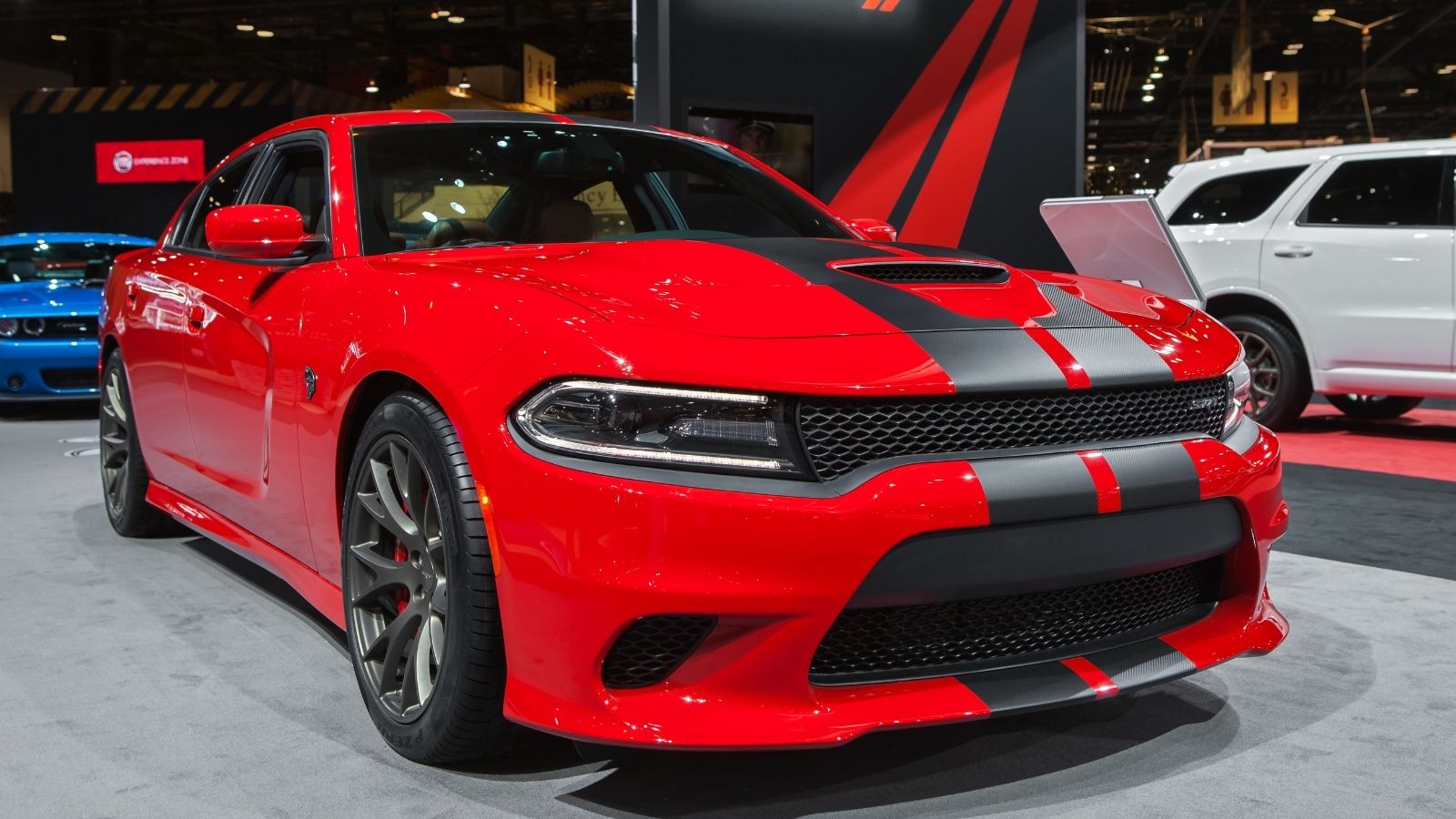
Despite its initial price tag being reasonable for a performance sedan, the Dodge Charger is often one of the most expensive non-luxury cars to insure. Its high-horsepower variants and aggressive styling attract riskier driving behaviors, which is reflected in accident statistics. Theft rates are also exceptionally high, particularly in urban areas. Plus, the combination of muscle car appeal and crime data has led insurers to classify the Charger as high-risk, even for base models. Owners often find themselves paying premiums comparable to those of luxury vehicles.
Jeep Compass
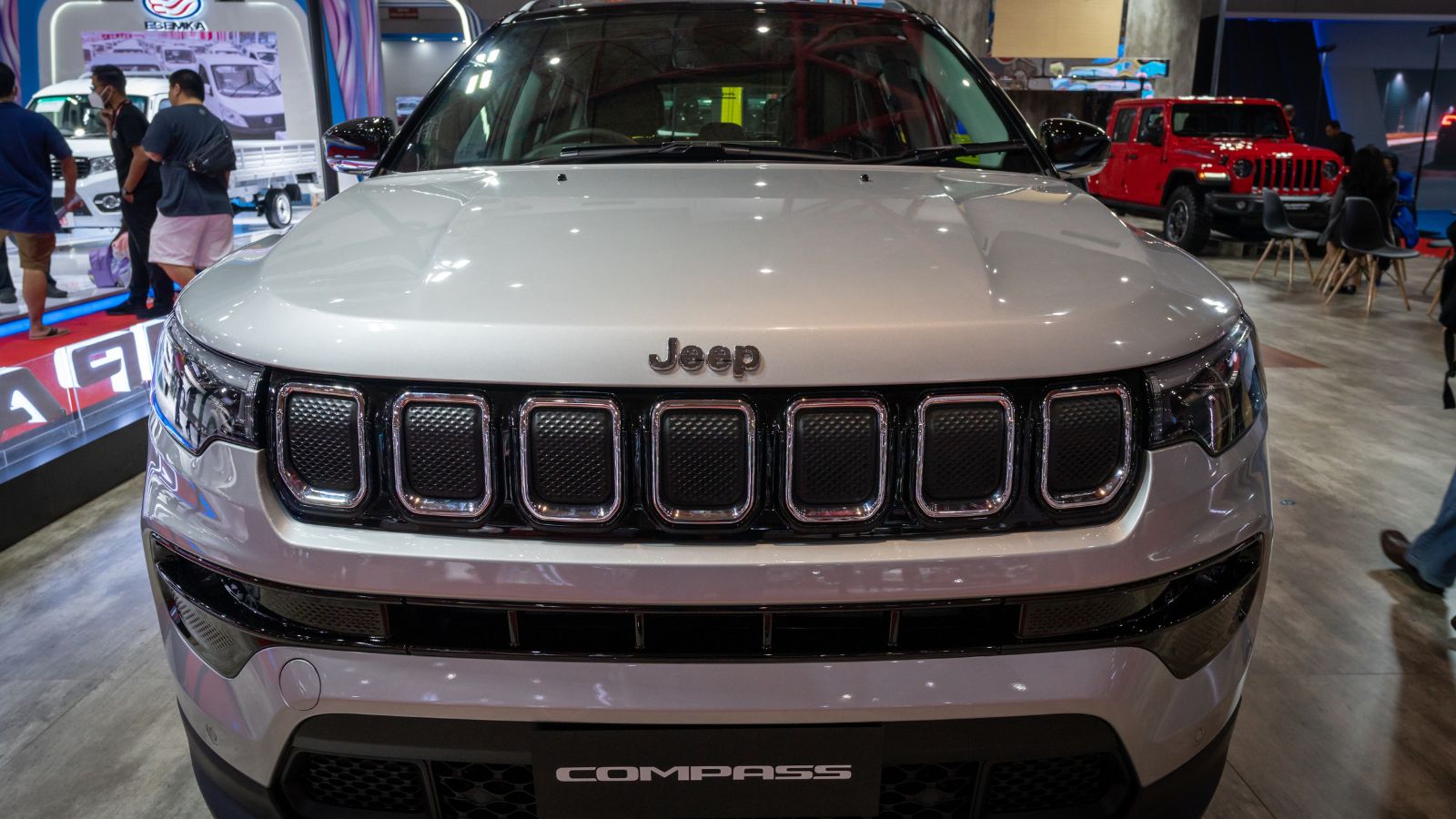
The Compass offers affordability and off-road capability in one package, but the insurance math hasn’t worked in its favor. It’s frequently involved in minor accidents that result in costly repairs, due to its higher-than-average labor and parts pricing. Additionally, reliability ratings have wavered in recent years, and some trims include tech packages that increase repair bills even further. And, while it may appeal to drivers looking for SUV practicality without breaking the bank, insurance costs can quickly eat into that perceived value.
Mitsubishi Mirage
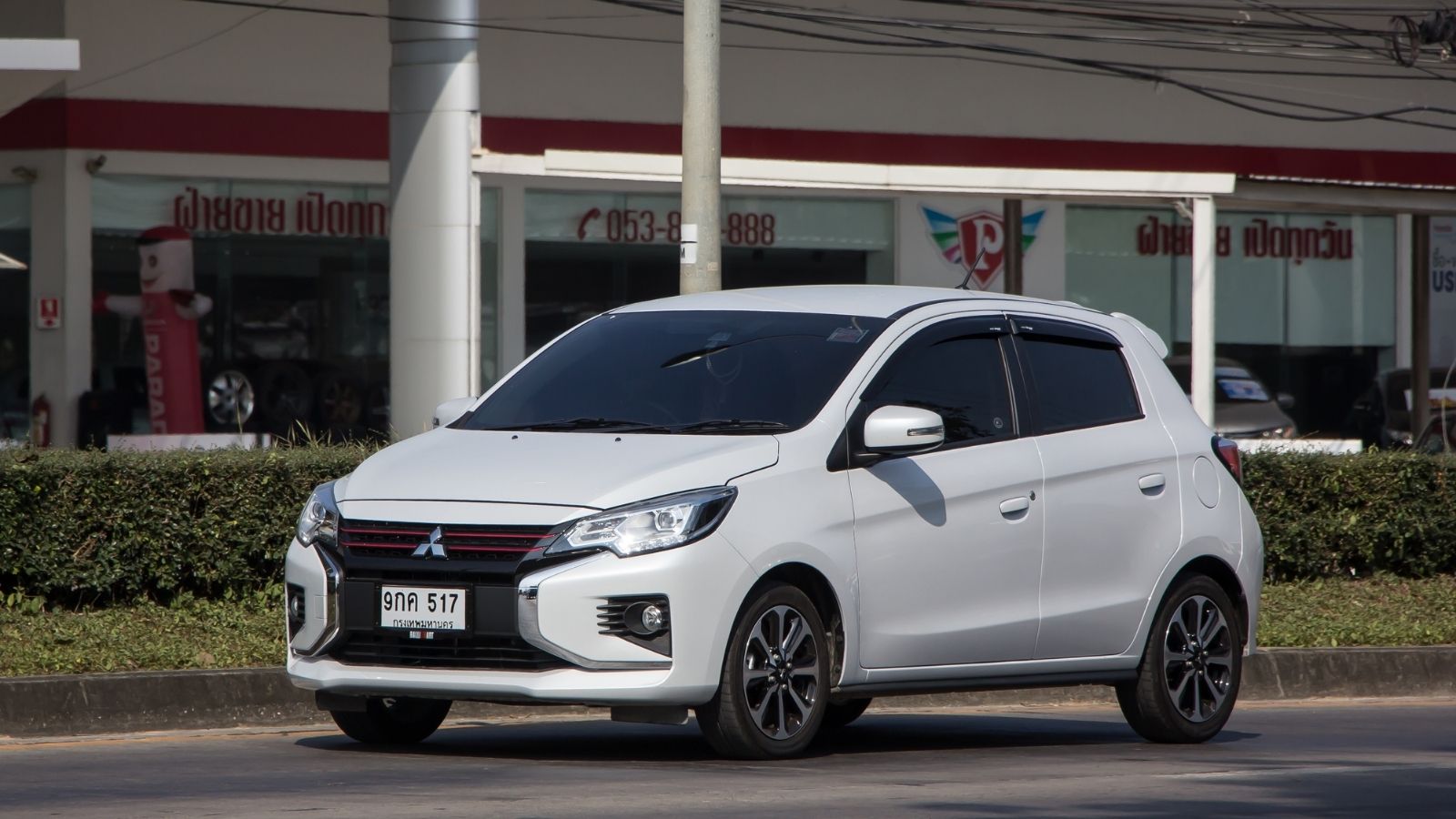
Known for being one of the cheapest new cars on the market, the Mirage has found favor with budget-conscious buyers. Unfortunately, that low cost comes with high premiums in many areas. Crash test performance has historically lagged behind competitors, making it more expensive to insure from a liability standpoint. Additionally, the Mirage’s lightweight build often leads to more severe damage in accidents. Insurers see this as a red flag and raise premiums accordingly, leaving some owners wondering why their ultra-cheap car isn’t so cheap to own after all.
Chevrolet Spark
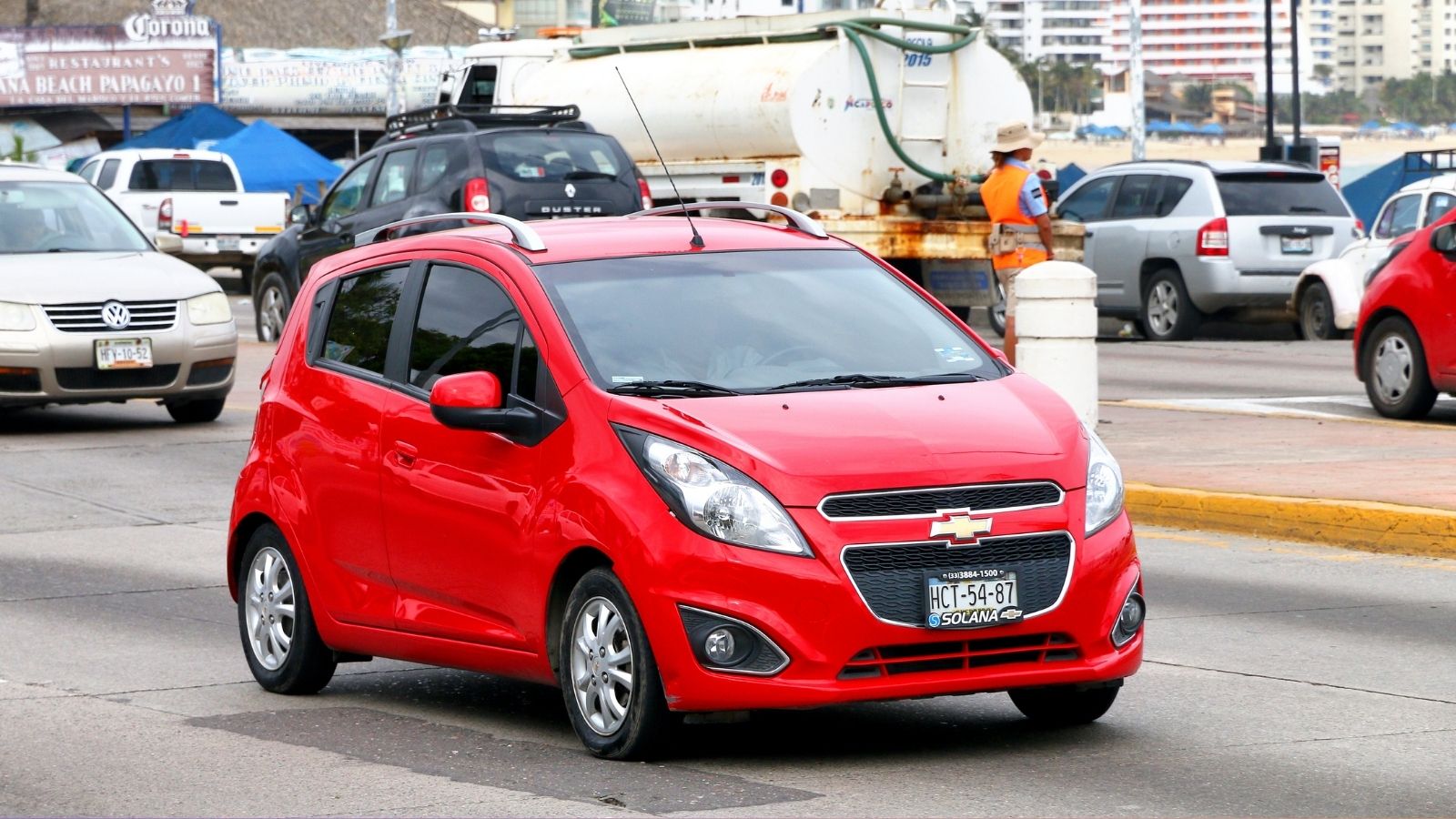
Like the Mirage, the Spark is often chosen for its rock-bottom MSRP. But drivers soon realize that insurance costs don’t always align. The Spark has a relatively poor safety reputation, and repairs can be surprisingly pricey for a vehicle of its size. Subcompact cars generally fare worse in collisions, which affects injury-related claims and liability coverage costs. Also, due to its small size and lower power, it’s not often driven cautiously, especially by younger drivers. These patterns have prompted insurers to adjust premiums well above the vehicle’s price bracket.
Hyundai Accent
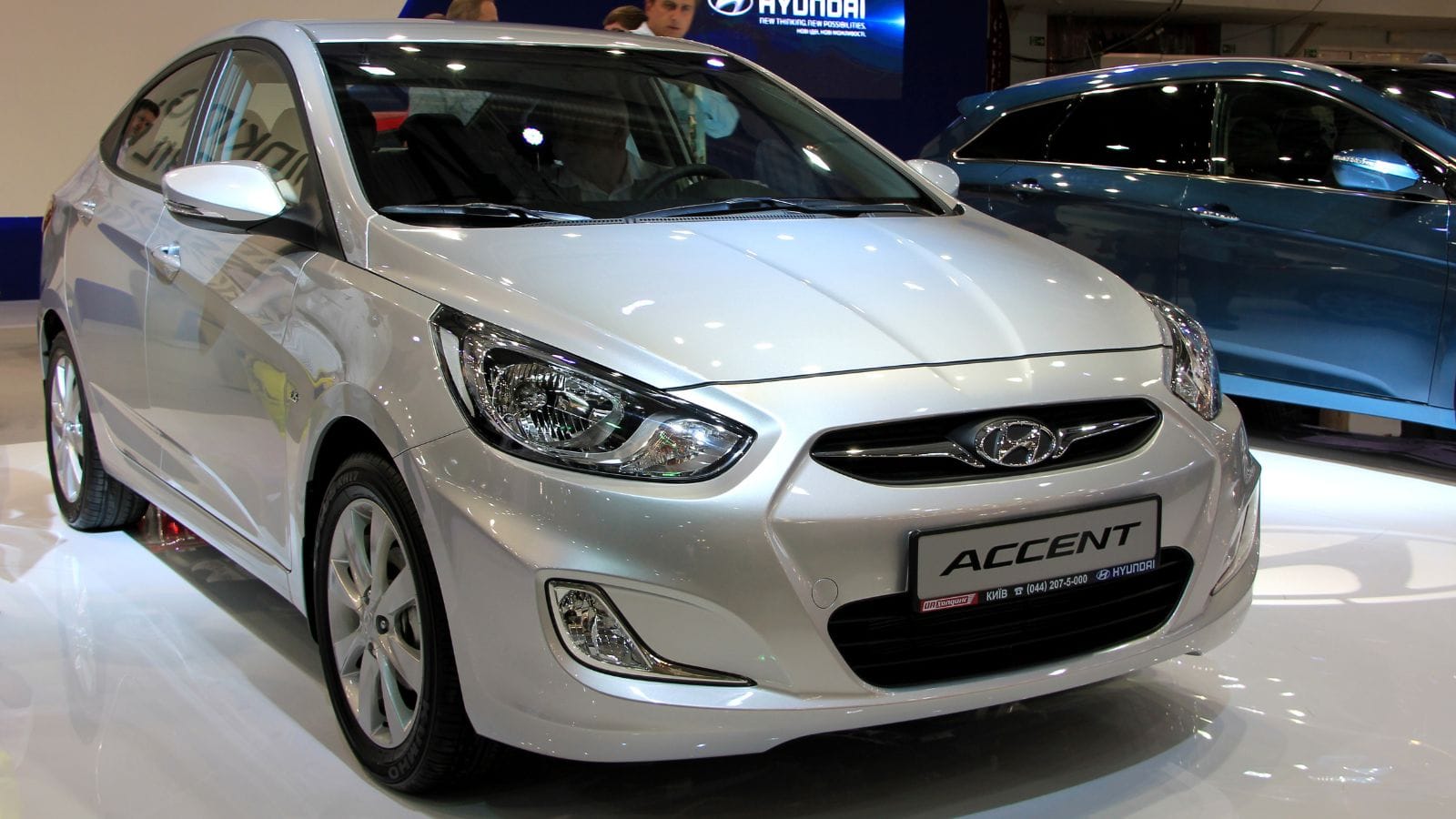
A long-time budget staple, the Accent isn’t as affordable to insure as many believe. High accident claim frequency and rising repair costs, especially for newer models with integrated safety tech, have pushed premiums upward. The Accent is frequently used for urban commuting, where fender benders and parking lot damage are common. As a result, insurers see a pattern of frequent, albeit minor, claims that add up quickly. It’s a classic case of the low-cost car that racks up surprising expenses over time.
Ford EcoSport
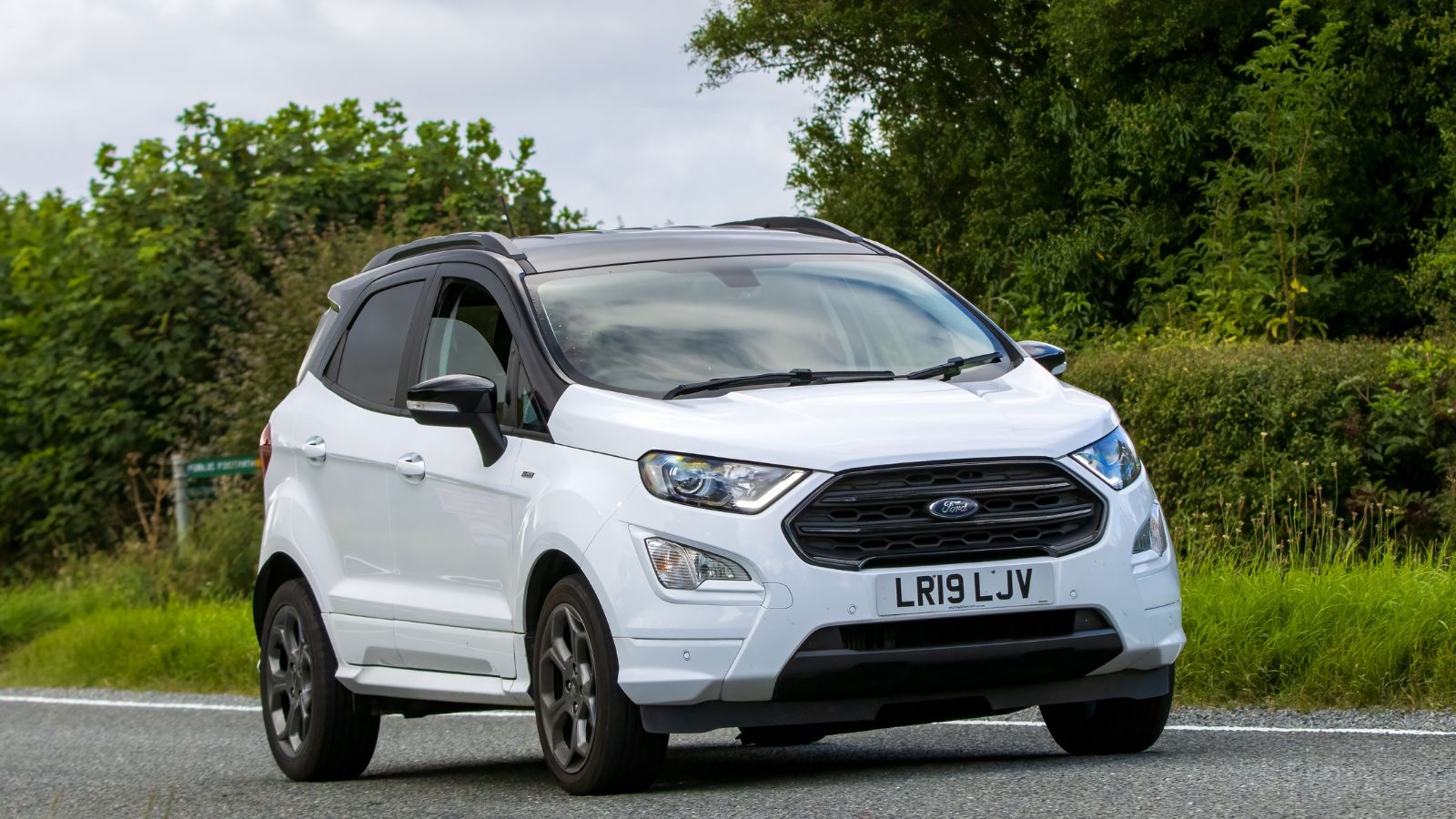
Ford’s smallest SUV has faced criticism for its handling and crash test scores, which directly impact insurance pricing. The EcoSport’s compact size doesn’t shield it from relatively high claim rates. Parts availability and labor costs for this globally sourced model can lead to expensive repairs even after minor accidents. Moreover, lower safety ratings compared to similarly priced competitors contribute to higher liability premiums. Although its entry-level pricing attracts first-time SUV buyers, the ownership costs, driven by insurance, can become a burden.
Nissan Versa
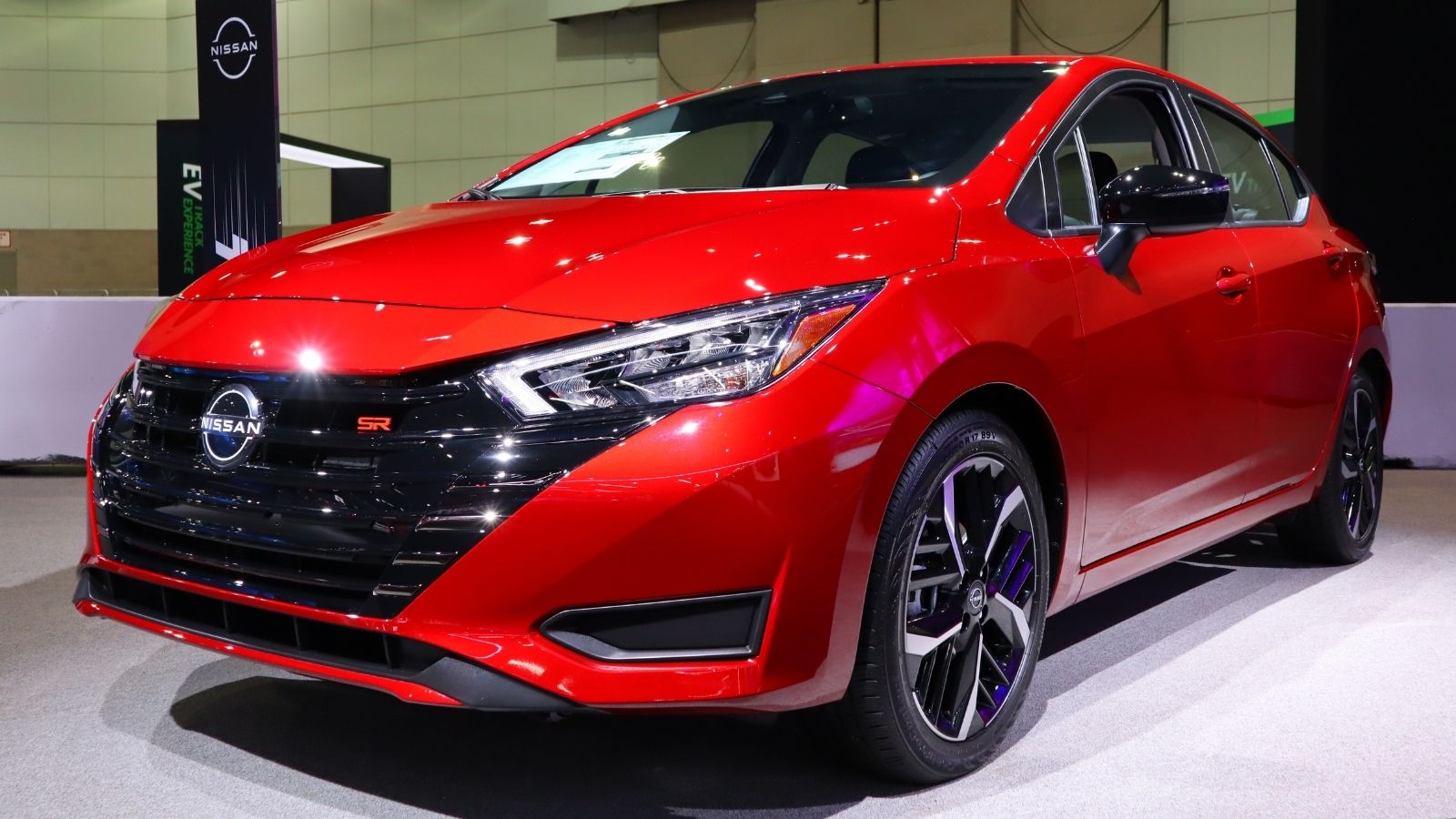
Often pitched as an ideal first car, the Versa is anything but ideal when the insurance bill comes due. While it’s inexpensive to buy, insurance costs remain high due to middling safety scores and a history of high claim volumes. It’s commonly driven in urban environments, and the resulting congestion and parking incidents push up collision rates. Combined with increasing repair bills for newer trims, insurers have recalculated their risk models, making the Versa surprisingly expensive to cover.
Toyota Yaris
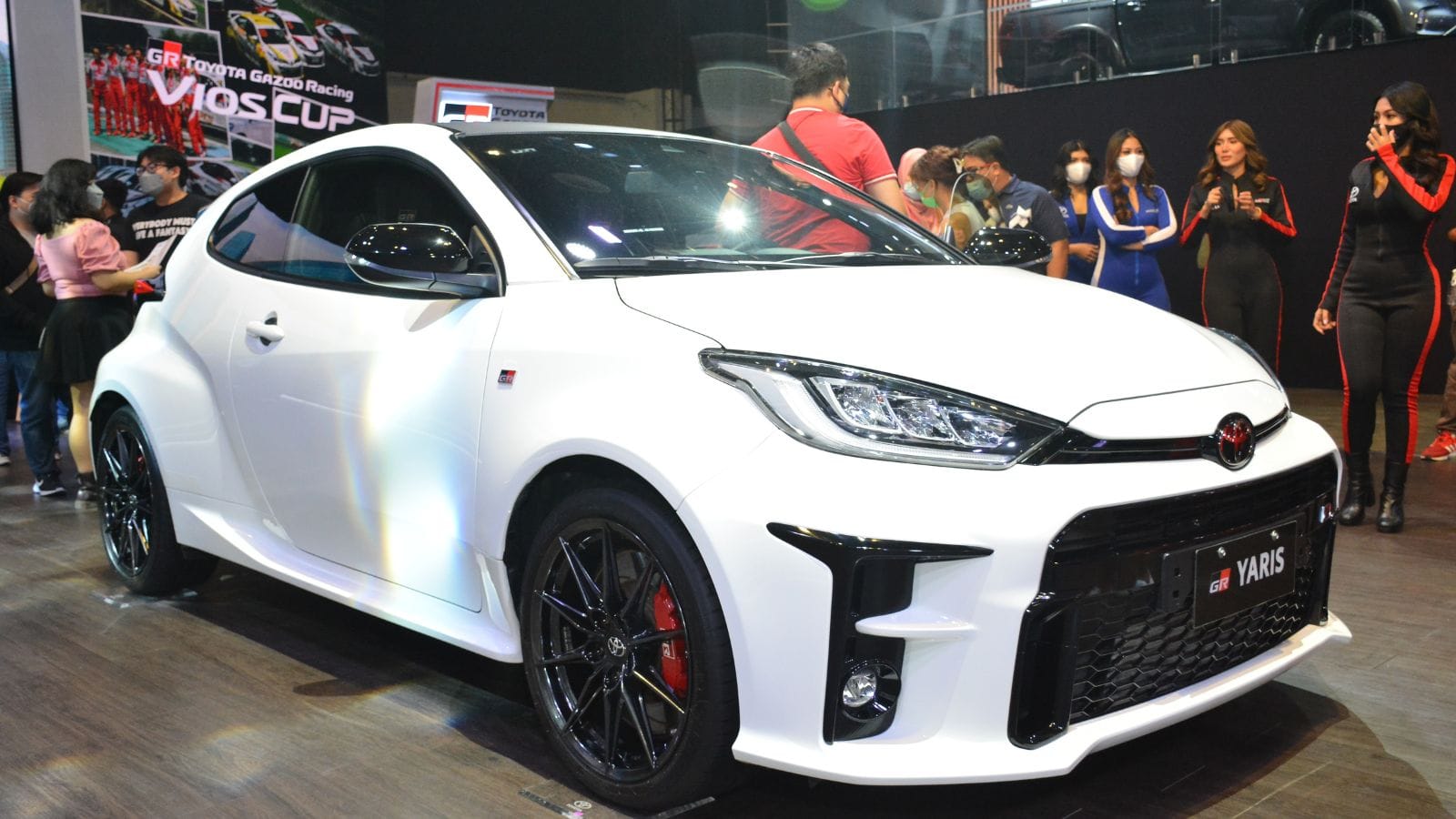
The Yaris has always stood out as a dependable, affordable subcompact, but insurers haven’t given it a pass. Small cars in general see higher damage rates in collisions, which affects comprehensive and collision premiums. The Yaris’s compact build and lower weight make it more susceptible to severe damage. Replacement costs for parts like bumpers and crumple zones can be disproportionately high relative to the vehicle’s value. These factors have contributed to a quiet but steady increase in the Yaris’s insurance rates over time.
Kia Rio
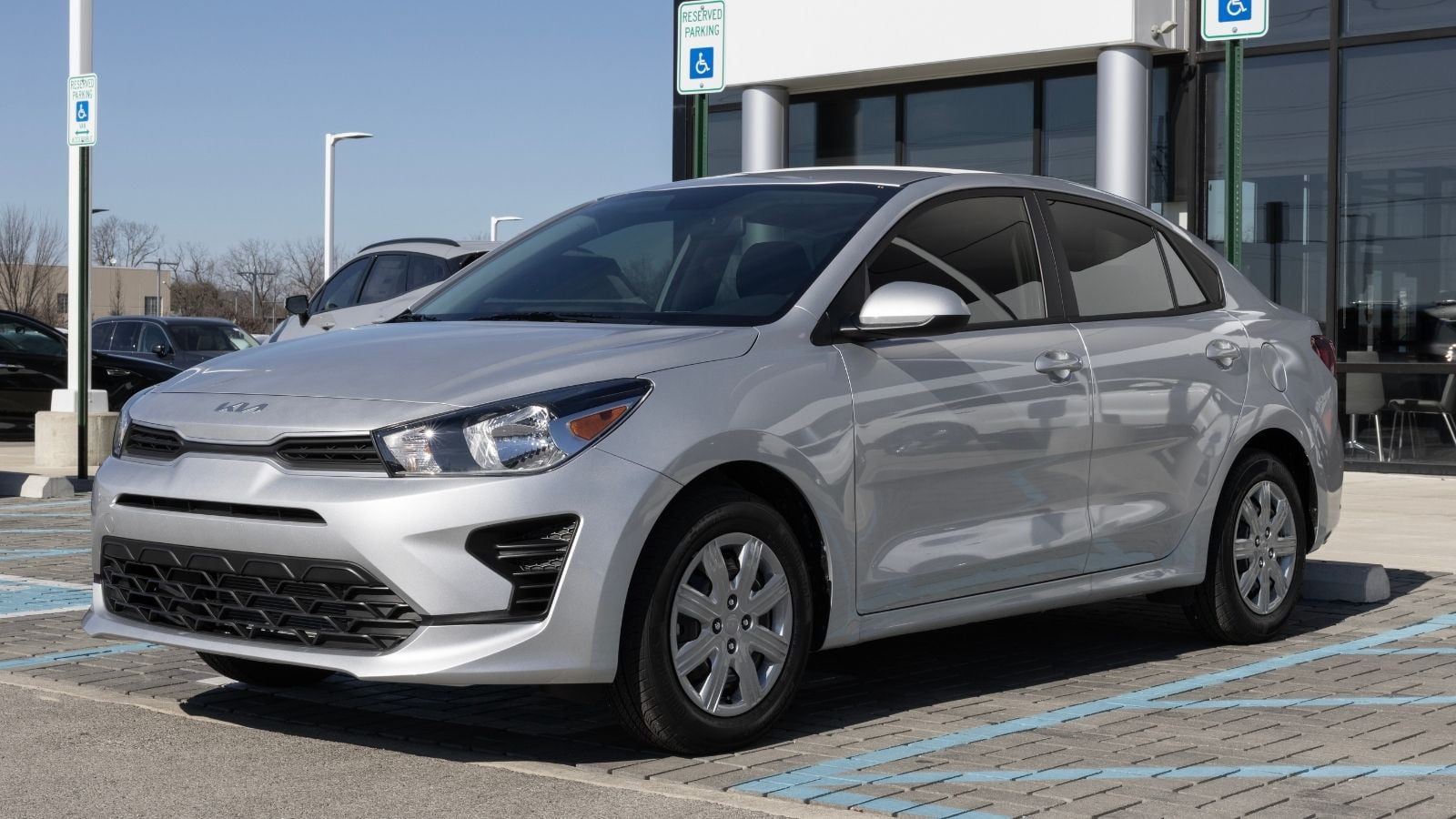
A budget-friendly car with decent features, the Rio is no longer the insurance bargain it once was. Insurers have taken note of rising accident claim frequencies and elevated repair costs on newer models. Not to mention, its popularity with city dwellers, coupled with urban driving hazards, has led to more incidents being reported. And, while it remains affordable to buy, the total cost of ownership, including premiums, has climbed enough to make some buyers second-guess the deal.
Chevrolet Cruze
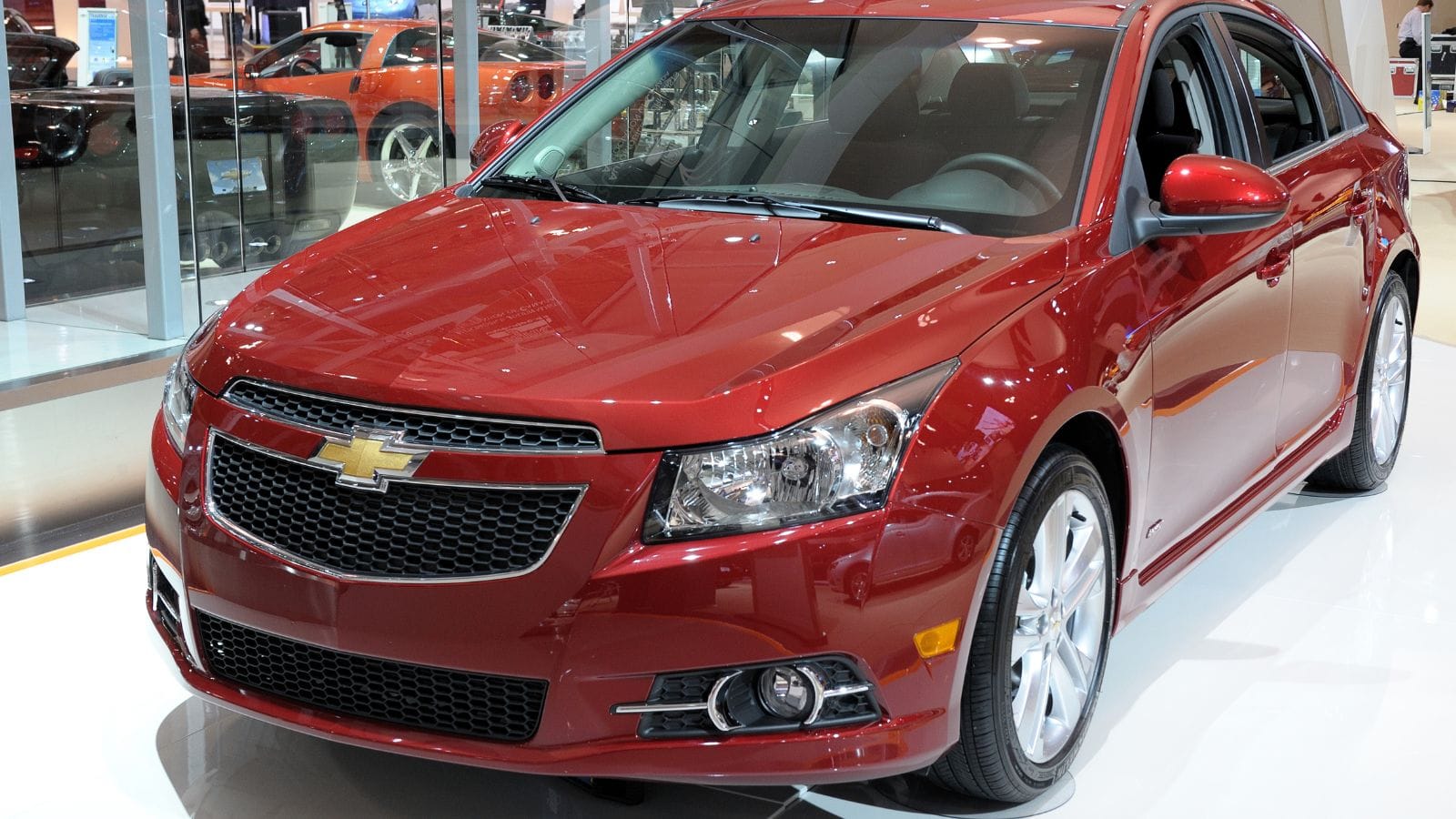
Once a mainstay in the compact car segment, the Cruze has slipped off many affordability lists due to increased insurance premiums. Crash statistics have raised red flags, and replacement parts, especially for diesel or turbocharged variants, can be costly. Its repair frequency is also higher than average, particularly in snowy regions where corrosion and drivetrain issues are more common. And, even though it was phased out, many models still on the road face elevated insurance costs, surprising owners who thought they snagged a reliable bargain.
Dodge Journey
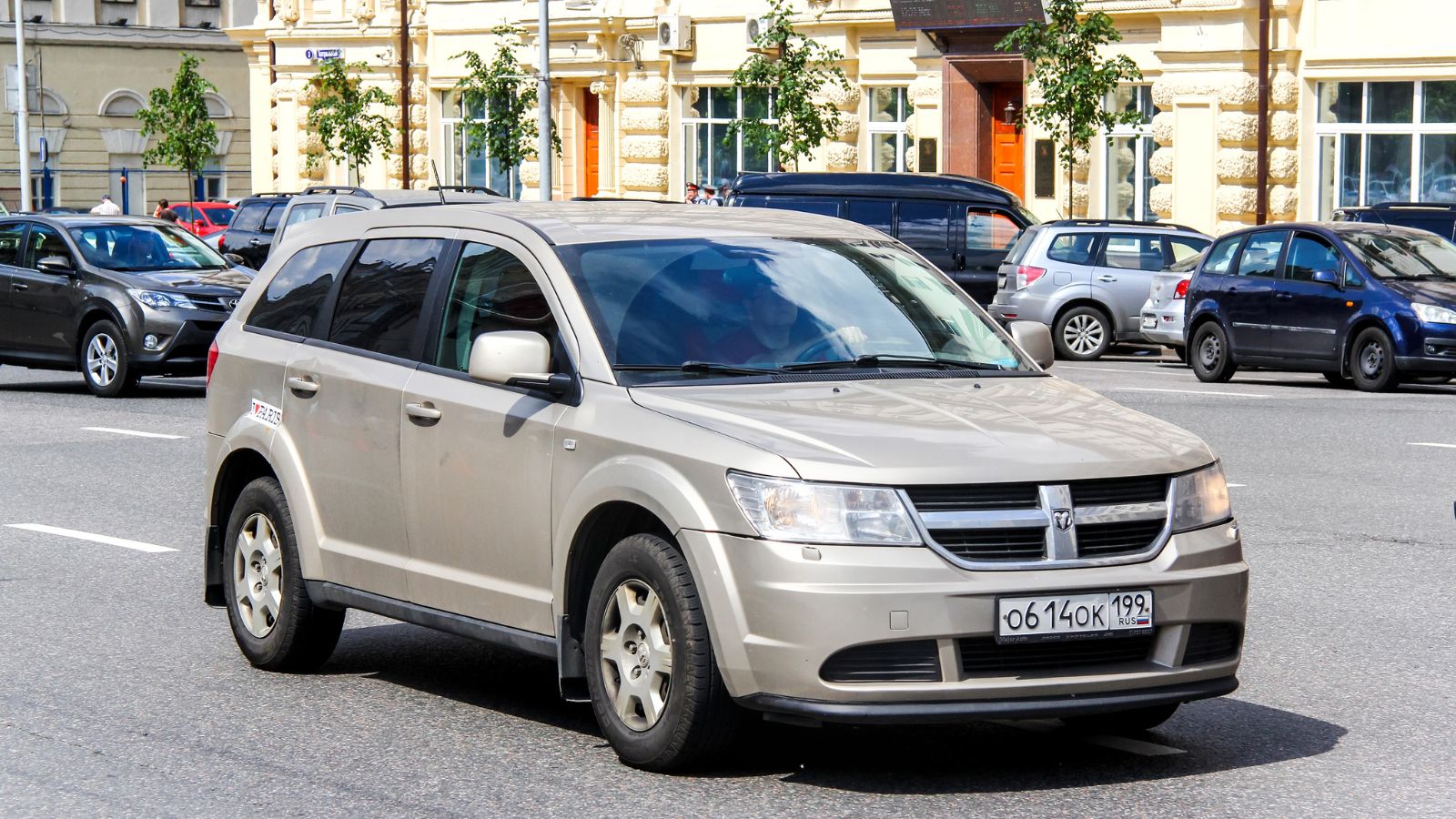
The Journey was designed to offer SUV capability at a family-friendly price, but it’s been saddled with high insurance costs for several reasons. Poor safety ratings and below-average reliability make it a higher risk. Repair costs for engine and transmission issues are also steep, particularly for AWD models. Insurers factor in these potential repair claims and price premiums accordingly. Plus, despite deep discounts on used models, ongoing insurance costs can eat into any upfront savings, making it a less-than-ideal pick for cost-conscious drivers.
21 Products Canadians Should Stockpile Before Tariffs Hit

If trade tensions escalate between Canada and the U.S., everyday essentials can suddenly disappear or skyrocket in price. Products like pantry basics and tech must-haves that depend on are deeply tied to cross-border supply chains and are likely to face various kinds of disruptions
21 Products Canadians Should Stockpile Before Tariffs Hit
